Recent Publications

Özgür Emek Inanmaza, Özgür Değirmenci and Ali Cemal Gücü. 2014. A new sighting of the Mediterranean Monk Seal, Monachus monachus (Hermann, 1779), in the Marmara Sea (Turkey). Zoology in the Middle East, 60 (3): 278-280. DOI:10.1080/09397140.2014.944438
[…] In total six caves displaying Monk Seal resting/breeding characteristics (see Karamanlidis, Pires, Silva, & Neves, 2004; Gucu, Gucu, & Orek, 2004) were discovered. There was clear evidence in one of those cases, namely the peculiar odour and tracks on the inner sandy beach, and this indicated the recent presence of a seal in the cave. The cave had a surface opening with an inner area and a platform formed by sand, pebbles and large boulders. During the surveys, seals were sighted at four different occasions on 21 April, 27-30 May and 14 June 2014, and were recorded on a video. […]
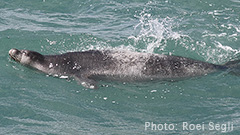 Endangered seal swims to Israel from Lebanon to hunt some fish; photographs reveal that this is the third visit by the same seal since 2010.
Endangered seal swims to Israel from Lebanon to hunt some fish; photographs reveal that this is the third visit by the same seal since 2010.
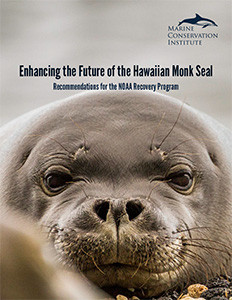 Marine Conservation Institute undertook this report on the Hawaiian Monk Seal Recovery Program for the purpose of enhancing the conservation prospects of one of the world’s most endangered pinnipeds. The Hawaiian monk seal (Neomonachus schauinslandi), whose estimated population now hovers between 900 and 1,100 animals, has suffered a 60-year decline despite the efforts of National Oceanic and Atmospheric Administration’s (NOAA) National Marine Fisheries Service (NMFS) and others to reverse it. Although some may view the seal’s fate as hopeless, it is not. Despite difficult circumstances, NMFS and its partners have made progress on several fronts to slow the seal’s decline. Encouragingly, NMFS estimates that up to 32 per cent of all seals living in 2012 were alive because of hundreds of interventions taken by the agency over many years to enhance the survival of individual seals at risk.
Marine Conservation Institute undertook this report on the Hawaiian Monk Seal Recovery Program for the purpose of enhancing the conservation prospects of one of the world’s most endangered pinnipeds. The Hawaiian monk seal (Neomonachus schauinslandi), whose estimated population now hovers between 900 and 1,100 animals, has suffered a 60-year decline despite the efforts of National Oceanic and Atmospheric Administration’s (NOAA) National Marine Fisheries Service (NMFS) and others to reverse it. Although some may view the seal’s fate as hopeless, it is not. Despite difficult circumstances, NMFS and its partners have made progress on several fronts to slow the seal’s decline. Encouragingly, NMFS estimates that up to 32 per cent of all seals living in 2012 were alive because of hundreds of interventions taken by the agency over many years to enhance the survival of individual seals at risk. 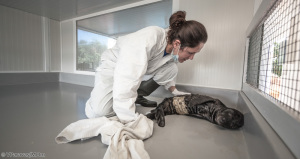
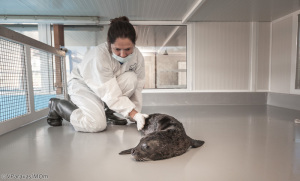
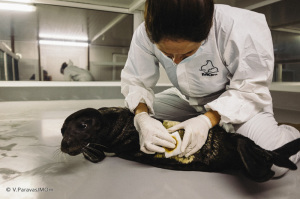
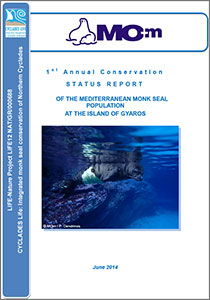
 […] Unfortunately, the monk seal breeding season happens to coincide in part with the peak of the tourist season, a coincidence likely to result in making the seals even more endangered than they already are, as I had the opportunity of documenting yesterday in an undisclosed location of the Northern Dodecanese, in Greece.
[…] Unfortunately, the monk seal breeding season happens to coincide in part with the peak of the tourist season, a coincidence likely to result in making the seals even more endangered than they already are, as I had the opportunity of documenting yesterday in an undisclosed location of the Northern Dodecanese, in Greece.